USNI News polled its writers, naval analysts and service members on what they consider the most important military and maritime stories in 2016.
Though much effort in 2016 was devoted to planning the future Navy – through a new Force Structure Assessment, three simultaneous Future Fleet Architecture studies, an alternative carrier study, ongoing future surface combatant planning efforts and more – the year was also full of major news in research, development and acquisition. At the end of Navy Secretary Ray Mabus’ eight-year shipbuilding spree, where he put at least 86 ships on contract, the year was full of commissionings, testing, fielding and planning for ships, aircraft and weapon systems.
Littoral Combat Ship
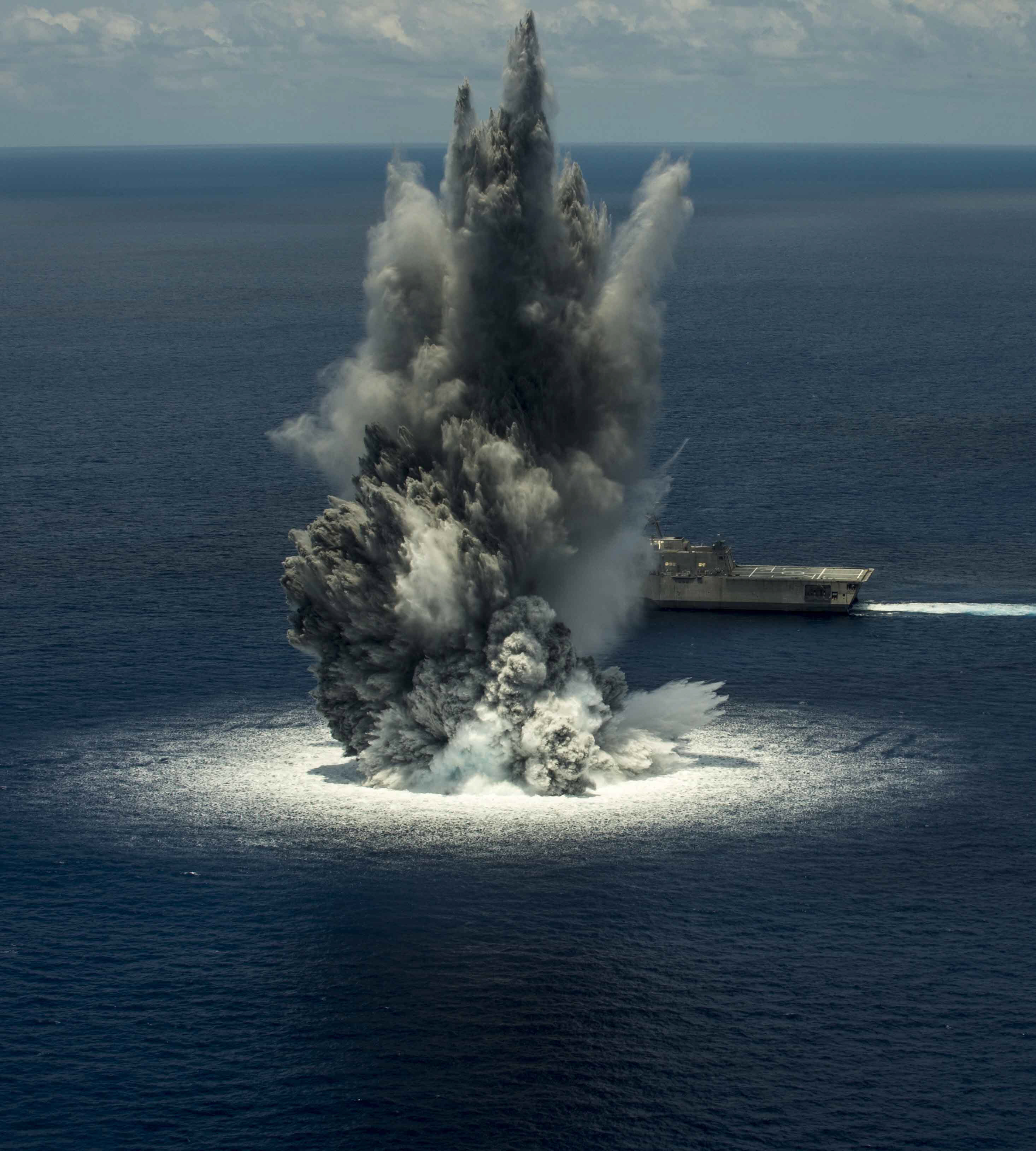
Perhaps the program most changed over the course of the year was the LCS program. In February, Mabus and Chief of Naval Operations Adm. John Richardson told USNI News at an event that the service would continue to operate the Remote Multi-Mission Vehicle included in the LCS mine countermeasures (MCM) mission package only to collect operational lessons learned, and would in the coming years shift to the more reliable Common Unmanned Surface Vehicle (CUSV) to tow the AN/AQS-20A sonar and eventually to the Knifefish Unmanned Underwater Vehicle with built-in sensors. The following month, the Navy announced it officially canceled the RMMV acquisition program but that the AQS-20A sonar, which has performed very well in tests, could continue on as its own program.
Also in March, Richardson announced the creation of an LCS Review Team that would address manning requirements and the crewing construct – currently three crews manning two ships, one of which is forward-deployed; assessing how to balance simulated and shipboard training; evaluating whether the current contractor-based maintenance model will fully support the ships while forward deployed; looking at the operational and warfighting capability in the mission packages and how to best deploy them based on theater requirements; and how many mission modules the Navy would need to buy based on any changes recommended to the LCS warfighting concept. In September, Commander of Naval Surface Forces Vice Adm. Tom Rowden said the LCS community would switch to two crews per ship, like the ballistic missile submarine community’s blue and gold crew scheme, with each crew being about 70 sailors large and trained to focus on one of three mission areas – instead of the previous idea of a smaller 40-sailor core crew with fly-on teams to perform certain warfare missions.
Other changes will need to be made in the LCS training and ship design as a result of five engineering casualties over the past year. Navy acquisition chief Sean Stackley said recently that two were crew errors, two were deficiencies in ship construction and repair, and one was due to ship design. Naval Sea Systems Command initiated an engineering review of the LCS propulsion systems, and training will be altered as needed to avoid crew errors going forward.
As part of its plan to beef up the LCS’s warfighting capability, the Navy fired a Harpoon Block 1C missile from USS Coronado (LCS-4) off the coast of Hawaii during the Rim of the Pacific 2016 exercise. Though the service fell short of its goal of installing an over-the-horizon missile on the LCS fleet by the end of the year, in part due to lack of funding for follow-on demonstrations, officials said the test on Coronado yielded positive results.
USS Jackson (LCS-6) and USS Milwaukee (LCS-5) underwent full ship shock trials over the summer, with the Navy reporting that full test results weren’t available yet but that early results indicate only “relatively minor modifications” would be needed on the ships.
In a nod to the future, the Program Executive Office for LCS told USNI News it intends to take over the Anti-Submarine Warfare Continuous Trail Unmanned Vessel (ACTUV) program, currently run by the Defense Advanced Research Projects Agency (DARPA). It would take the ACTUV vehicle and call it a Medium Displacement Unmanned Surface Vehicle, which could be used to launch smaller unmanned systems, conducting mining operations and more.
Undersea Warfare
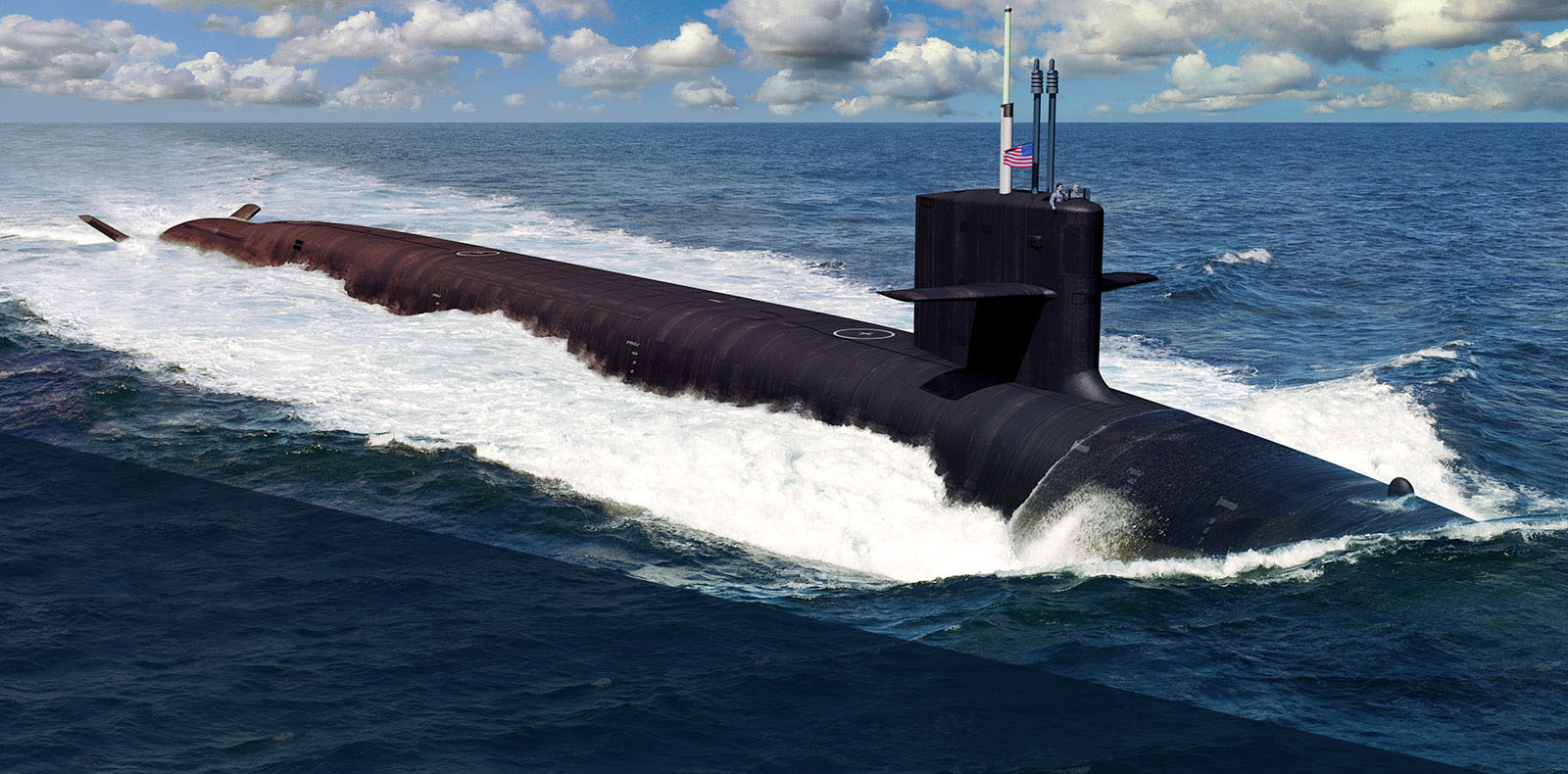
The Navy’s plans for undersea warfare also evolved greatly over the course of the year, as it became apparent that adversaries were investing in undersea warfare and the U.S. Navy would need more submarines to keep up. Already facing an attack submarine shortfall beginning in 2025, when the SSN fleet would dip below the required 48 boats, undersea warfare officials realized they would need to act soon – particularly because it was evident the number of required submarines would increase in the Navy’s force structure assessment due to increasing Russian and Chinese submarine activities in the U.S. Pacific Command and European Command areas of operations. Fiscal Year 2021 presented an opportunity to build one additional SSN: the service planned on only buying one boat that year, as it is also the first year the Navy will buy the Columbia-class ballistic missile submarines, but Navy and industry leaders determined the yards could accommodate an additional attack sub before work on the SSBN really ramps up. A final decision on the second FY 2021 attack sub will be included in the FY 18 budget submission.
Facing scheduling pressure, work on the Columbia-class SSBN design effort continued. Continuing resolutions threatened to halt the design effort but ultimately lawmakers included an exception in the half-year funding bill that would allow the formerly named Ohio Replacement plan to move forward. A Milestone B decision on the design was delayed several times throughout the year, but officials have said keeping the program on track is the Navy’s top priority, as the Columbia-class boats must be ready to replace the aging Ohio-class SSBNs as they decommission.
The Navy also looked to the future of attack submarines this year, beginning to think about the SSN(X) program that will follow the last block upgrade of the Virginia-class subs, likely Block VII. The future attack sub will have advanced propulsion systems that are quieter to create greater stealth, and will control multiple off-board systems to create a greater sphere of influence. The undersea warfare community hopes to begin implementing some of these upgrades today, while others will have to wait to be baked into the SSN(X) submarine design or family of systems design.
Future Ships
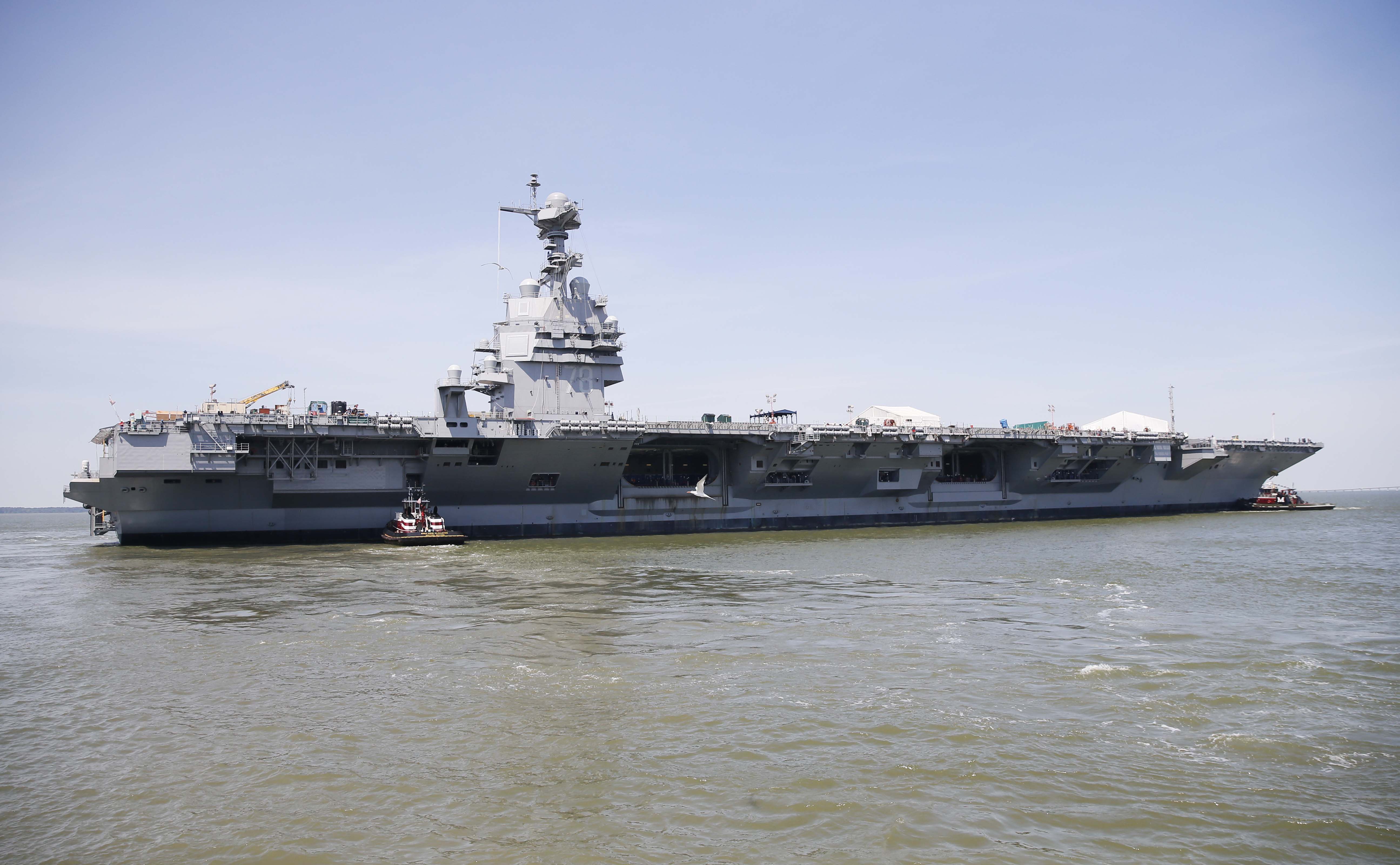
The Navy continued to work on its new class of aircraft carriers, pushing through ongoing delays on the first-in-class Gerald R. Ford (CVN-78) that was supposed to commission this year. The Navy discovered in 2015 that its Advanced Arresting Gear system, one of three major technological advances in this new class, needed to be redesigned. In late March engineers began testing manned airplanes with the proposed solution at Joint Base McGuire-Dix-Lakehurst, and in October Commander of Naval Sea Systems Command Vice Adm. Tom Moore told reporters the tests were going well. The Navy and Newport News Shipbuilding continued to wrap up remaining work on Ford itself, but the ship will not be ready to deliver and commission to the Navy until the AAG problems are worked out. After the expected commissioning date slipped several times, from March to the summer to September to November, the Navy has now declined to estimate when the ship might be ready for delivery. The service also said it may back away from the system on the remaining carriers in the class, opting instead for something closer to the proven Mk 7 MOD 3 hydraulic arresting system in the Nimitz-class carriers.
Budget challenges hampered a plan to build three Arleigh Burke-class guided-missile destroyers in Fiscal Year 2016 and introduce the Flight III design in the third ship of the year. The Navy originally intended to build two a year, but Congress gave the service an additional billion dollars to begin putting a third ship on contract. The Navy said the last ship in FY 16 would receive the Flight III upgrade, which would have resulted in the first Flight III ship being built at Bath Iron Works. Ultimately, though, the Navy has not spent any money on a third DDG for FY 16 due to uncertainty around the remainder of money, USNI News understands. Navy acquisition chief Sean Stackley told USNI News in April that development of the SPY-6 Air and Missile Defense Radar – the upgrade around which Flight III is built – is “marching forward” on track.
The Navy also accepted delivery of the first two Arleigh Burke DDGs since the program was stopped and then restarted in 2009. Ingalls Shipbuilding delivered John Finn (DDG-113) on Dec. 7 –the 75th anniversary of the attack on Pearl Harbor, the day on which Lt. John Finn earned a Medal of Honor – after the ship completed its acceptance trials in November. On Dec. 16 Rafael Peralta (DDG-115), the first restart DDG at Bath Iron Works, completed its acceptance trials.
The Navy’s other destroyer program, the Zumwalt class (DDG-1000), experienced engineering troubles as the ship left the construction yard for commissioning and a voyage to its homeport in San Diego.
In June the Navy awarded Ingalls Shipbuilding a contract potentially worth $3.1 billion to design and construct the future Bougainville (LHA-8), the first America-class amphibious assault ship to have a well deck reinserted in the design. At the same time the sea service awarded General Dynamics NASSCO a contract potentially worth $3.1 billion to build the first six ships in the new John Lewis-class fleet oilers. The two contracts were part of a three-class contract structure, announced in February 2015, where the two yards bid on both ship classes and the lowest overall bid won a larger share of design work on the LX(R) dock landing ship replacement program.
Generating some controversy, Mabus named several ships this year that will recognize people and places, though not all were well received. The fleet oiler class and hull T-AO-205 will honor congressman and civil rights icon Rep. John Lewis (D-Ga.), and the second ship of the class will honor gay rights activist and former San Francisco Board of Supervisors member Harvey Milk, who served in the Navy during the Korean War and was honorably discharged in 1955 as a lieutenant junior grade. The next four ships in the class of oilers will honor former Supreme Court Chief Justice Earl Warren, whose court ruled to desegregate U.S. schools; former Attorney General Robert F. Kennedy; women’s right activist Lucy Stone; and abolitionist and women’s rights activist Sojourner Truth. Many have accused Mabus of politicizing the ship-naming process in lieu of honoring military heroes.
Aircraft
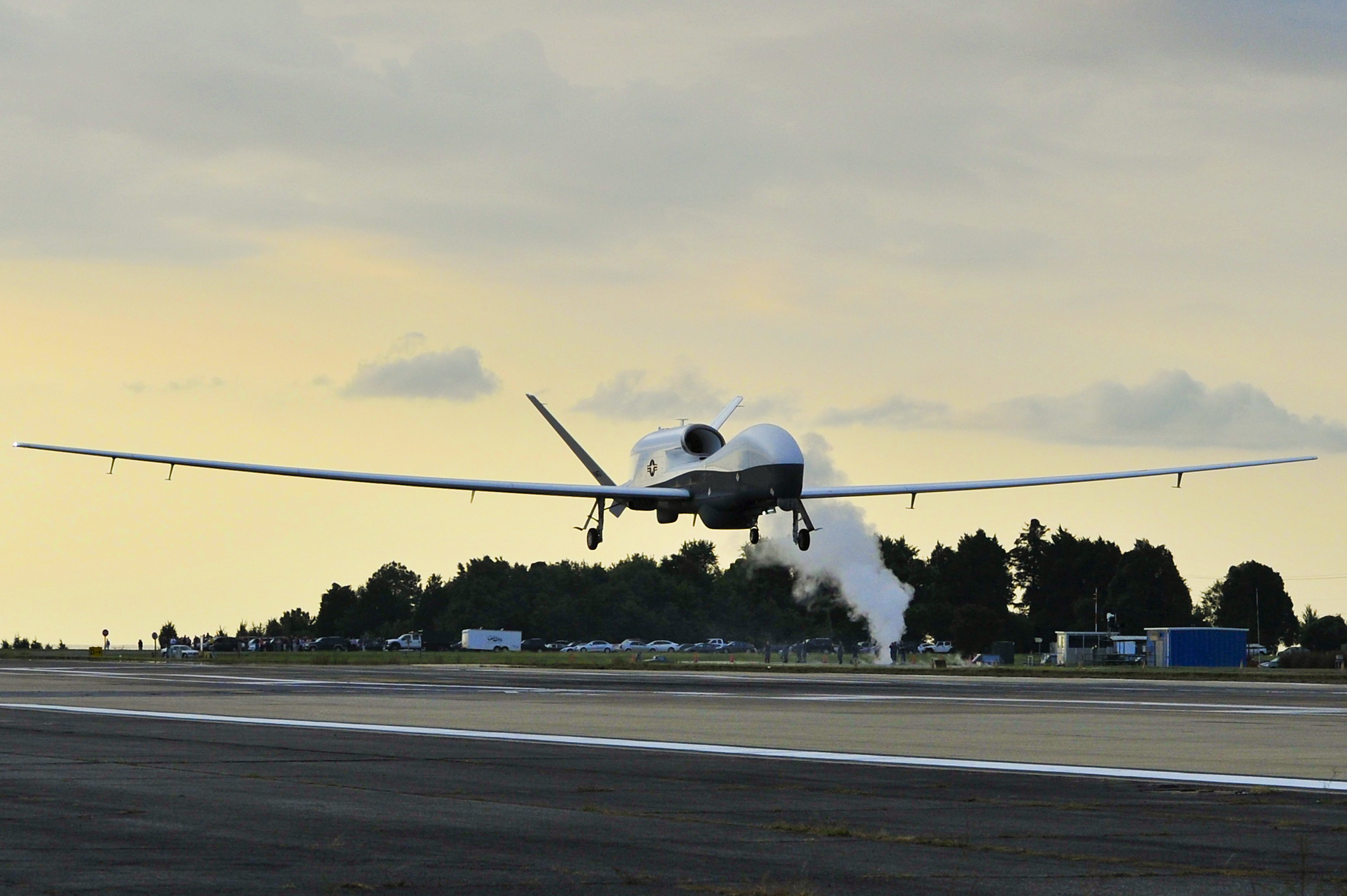
The Navy announced in February that it would transition its Unmanned Carrier Launched Airborne Surveillance and Strike (UCLASS) unmanned aircraft – for which Navy officials and lawmakers could not agree on how to balance requirements for the two primary missions, surveillance and strike – into a new Carrier-Based Aerial Refueling System (CBARS). Later renamed the MQ-25A Stingray, this airplane would be fielded rapidly to begin learning lessons while easing the burden on the F/A-18E-F Super Hornet fleet, which devotes as much as 30 percent of its sorties to refueling other aircraft. The Stingray would take over the tanking mission – both circling the carrier to refuel aircraft struggling to land at sea, as well as flying farther away from the ship for mission tanking – as well as conduct basic intelligence, surveillance and reconnaissance while already in the air. The former Director of Air Warfare (OPNAV N98) Rear Adm. Mike Manazir called tanking and ISR “two basic meat-and-potato missions” during which the carrier air wing could learn lessons about operating with an unmanned system, which would making fielding the next and more-complex UAV even easier.
In February the service announced that its version of the MV-22 Osprey, which will be used as the next Carrier Onboard Delivery platform to replace the aging C-2 Greyhound, will be called the CMV-22B. In April the Naval Air Systems Command awarded the Bell-Boeing Joint Project Office $151 million to begin engineering the platform – which will be based on the Marine Corps’ MV-22 and will include an extended-range fuel tank, a high frequency beyond line-of-sight radio and a public address system. And in August the Navy conducted a two-week battle experiment with MV-22s operating off the USS Carl Vinson (CVN-70) to learn lessons about incorporating the tiltrotor plane into the carrier air wing.
In other aviation news, in January the Navy began a requirements study for the Next Generation Air Dominance program, formerly known as F/A-XX, which will be conducted separately from the Air Force’s F-X future fighter design effort. The NGAD will likely result in a family of systems approach to replace the Hornet and Super Hornet fighters. The Navy made progress simplifying carrier landings for the Super Hornet fleet through extensive at-sea testing of the MAGIC CARPET landing system. And the MQ-4C Triton unmanned long-endurance maritime surveillance system passed full-motion video to a manned P-8A Poseidon maritime patrol aircraft for the first time, demonstrating future manned/unmanned teaming operations.
Weapons
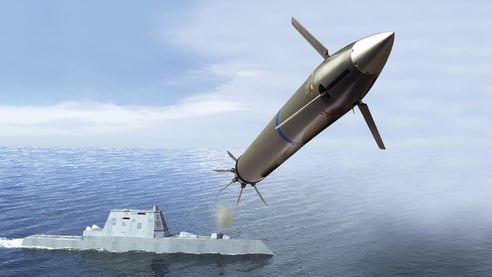
In support of the Navy’s call for blue water maritime dominance and the Pentagon’s push for investments high-end capability, the Navy had several successful tests of long-range maritime weapons this year. The decommissioned frigate USS Reuben James (FFG-57) was sunk in January during a test of the Navy’s new anti-surface warfare (ASuW) variant of the Raytheon Standard Missile 6 (SM-6), a capability that Defense Secretary Ash Carter had singled out as an important capability for the Navy to gain. In a similar effort, the Navy began pursuing a maritime capability for the Tomahawk Land Attack Missile (TLAM), touting the dual-mission weapons as an effective way to extend ship’s lethal reach at sea.
The Navy decided not to buy any more Long-Range Land-Attack Projectiles (LRLAP) rounds, which are fired from the Zumwalt-class destroyer’s 155mm Advanced Gun Systems, beyond those needed for testing. The service may instead pursue Raytheon’s Excalibur guided artillery round, but service officials would not yet confirm that decision. Some Arleigh Burke destroyers got an offensive upgrade when Raytheon’s SeaRAM Anti-Ship Missile Defense System was tested in March as a solution to defending the four Spain-based destroyers against an unspecified threat, believed to be Russian cruise missiles. Service officials are considering whether to add SeaRAM to additional DDGs that operate elsewhere in the world. The Lockheed Martin air-launched Long Range Anti-Ship Missile (LRASM) proved capable of being launched vertically from a surface ship in tests this summer, the Missile Defense Agency proved it could intercept a complicated medium range ballistic missile target with the Navy’s SM-6 missile, and officials in various communities around the Navy are looking to further weave ship-based anad other weapons, sensors and communications systems together to create a massive cross-domain kill web.





